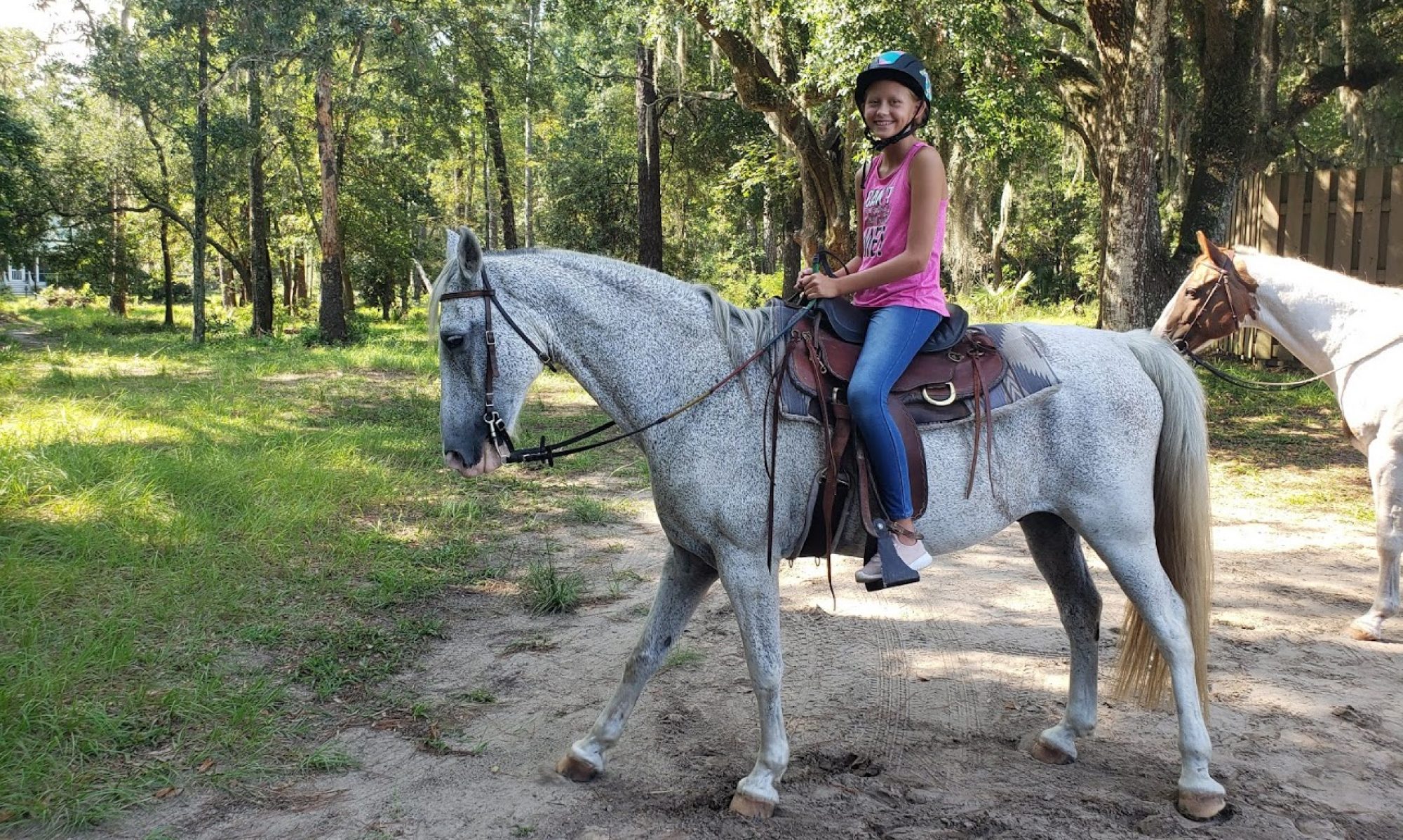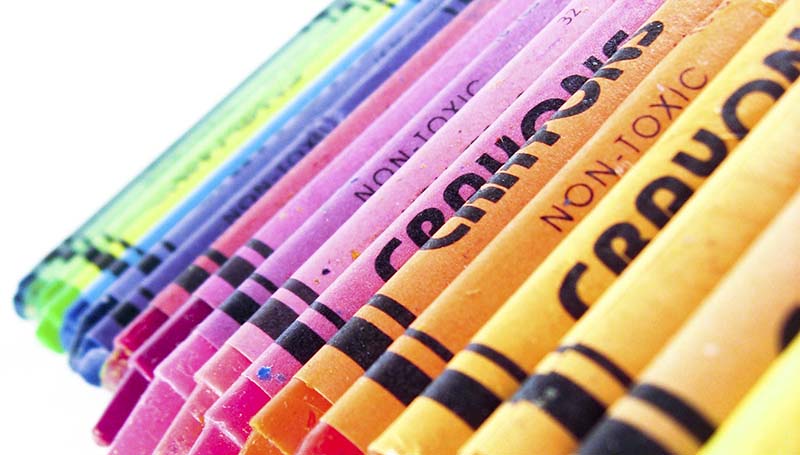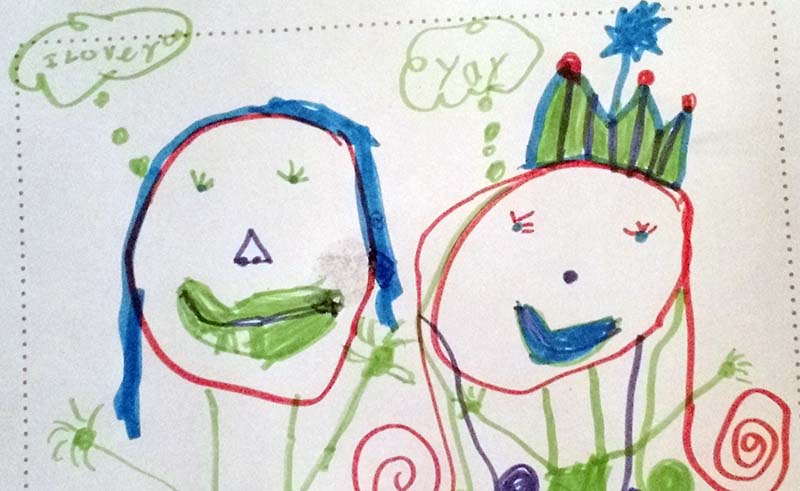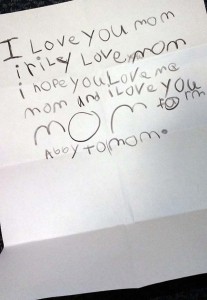So, you want to homeschool? You’re starting with your Kindergartner, and you have no idea what you should do. You start researching curriculum, you even buy a bunch. There’s not a lot of Kindergarten – compared to other grades. But you still manage to get quite a pile.
Your Kindergartner is less than thrilled. Teaching reading is frustrating. And don’t even get me started on math! Your child doesn’t seem to be learning, and is definitely not having fun. Actually, what is a Kindergartner supposed to learn? If you do a google search, you’ll find a huge list of Kindergarten readiness and even more lists of what your child should know by the end of Kindergarten. It’s overwhelming.
So, let’s start at the top. Kindergarten is from German and literally translated means “Children’s Garden”. It’s supposed to be a time of learning, fun, and adventure.
But how do you do this and still teach the necessary academics?
For starters. What exactly is necessary in Kindergarten? When I was a kid, it was reading, writing, and math. And lots of time on the playground. And even then, it was less than is expected of my kids now. It was totally normal for half the class to be reading by the end of Kindergarten and the other class to just not quite be there yet. But, everyone would be reading by the end of first grade. Nowdays people want their kids to read before they start Kindergarten (check out those Kindergarten readiness lists I mentioned) Speaking of reading, what exactly does that look like for a Kindergartner?
I have 3 academic goals in Kindergarten for my kids. Reading, Math, and Writing. We cover other subjects like history and science. But not in a formal book learning manner. My Kindergartner often sits in while I’m working on history with my 3rd grader. She definitely participates in any and all science experiments – because those are always cool. And we do lots of fun field trips like the local symphony orchestra, replicas of Columbus’s ships, the local science museum, zoo, etc.
But as far as formal teaching. I can’t effectively teach anything else until my child can read, have a basic understanding of numbers, and write legibly.
Because Kindergarten shouldn’t be frustrating. And you should be working with your child at their pace. Here’s what I do. It worked well with my now 3rd grader and it’s producing a non-frustrating year for my Kindergartner.
1. Reading – I love, love, love Hooked on Phonics. I tried it out for my first child and I’m just loving it! Did I mention how awesome it is? The preschool level is all about learning your letter names and sounds – my 3yr old loves to get his book out and “do school” with us. He’ll get out crayons, markers, etc. and trace letters for a good 30 minutes and we’ll discuss the sounds and letter names that he’s tracing.
The K level is all about short vowel words. It’s divided in segments that are easy for a young child to handle. My 5yr old who insists she can’t read, is reading these books just fine. And since each lesson builds on the past one, your child will be reading more and more without realizing how much they actually can read. – Seems to be a common problem in my house. “I can’t read that!” declares the child. Who then reads it, and is shocked that it was way easier than expected.
We barely made it into the 2nd grade level when my oldest decided that she didn’t need them any more. She reads to herself every night when she goes to bed plus other reading for school and such throughout the day. She really didn’t need any more teaching on how to read by this stage, so we dropped it. I do have the books through 4th grade in case I need them though.
One awesome things about hooked on phonics, if you’re on a tight budget, these books can usually be found at your local library and you can just keep borrowing them over and over as you need them.
One other thing that has really helped our reading is these blend ladders from Abeka. We work on a sheet a day – sometimes the same sheet for a couple of days. And it’s great at helping kids get comfortable putting two sounds together. It’s always amazing to me how my children’s reading makes a huge leap forward at the exact same time that reading blends becomes easy.
 2. Math – My favorite math is Abeka. It’s possible that this is because this is the math I grew up with. However, it also seems to work well for my girls. The pages are colorful. And everything is in short segments. There’s one clock, 5 addition problems, 5 number order problems, a color by number, etc.
2. Math – My favorite math is Abeka. It’s possible that this is because this is the math I grew up with. However, it also seems to work well for my girls. The pages are colorful. And everything is in short segments. There’s one clock, 5 addition problems, 5 number order problems, a color by number, etc.
Here’s the thing about math. I know Abeka is this way, and I assume a lot of other math curriculum is this way as well. They repeat the same thing every year. So, if your child doesn’t get it completely the first year. Don’t stress, they’ll get it next year or the year after. If you’re child is way behind, I would be concerned. But if your Kindergartner is basically on par with their peers and can generally do their math with assistance from you. They’re just fine.
For my oldest, I spent the entire Kindergarten year explaining what addition and subtraction are. She figured it out just fine by 1st grade. For my current Kindergartner, she already knew this somehow. I think my oldest must have taught her. Teaching her math is so easy! Addition, subtraction, number sequence, telling time, and patterns are all Kindergarten skills.
For you parents with a struggling Kindergartner, the key is just perseverance. Keep teaching them and they will get it. How do I know? you ask. Well, I would classify my current 3rd grader as struggling in math until this year. K through 2nd grade was just hard. She’s very literal and just struggled if you changed anything (like 5+2 and 2+5 being the same thing was hard for her to grasp). This year, in 3rd grade – which is WAY harder than previous grades – things seem to have finally clicked. Math isn’t her favorite subject, but she’s no longer struggling with it – and we’re already doing long division 1/4 of the way through the year. (actually, spelling somehow tops the list as “most hated 3rd grade subject”).
So, if your child is struggling, just keep patiently explaining it to them over and over. Sometimes it’s just a matter of their ability to analyze things catching up with what you’re trying to teach them. “If at first you don’t succeed, try, try again” is a great motto for math.
3. Handwriting – First things first, don’t stress if you can’t read your kindergartner’s handwriting. It’ll be a few years before most kids can really hold a pencil perfectly. The key at this age is that they’re at least trying to form the letters and numbers properly. Writing some numbers and letters backwards is perfectly normal. Just keep modeling the right way to write and they’ll get it eventually.
I did get a writing curriculum – just the worksheets – because I like having a curriculum. But, to be honest, my Kindergartner’s best writing practice is done on this dry erase book. It’s $4 on Amazon and has free shipping if you have prime. Well worth the money, in my opinion. She’ll spend a good deal of time each week tracing, erasing, and re-tracing her letters. I’m perfectly happy to let her do this instead of her handwriting curriculum. The goal is that she learn how to write her letters and any method that she likes is good with me.





 Uneven
Uneven